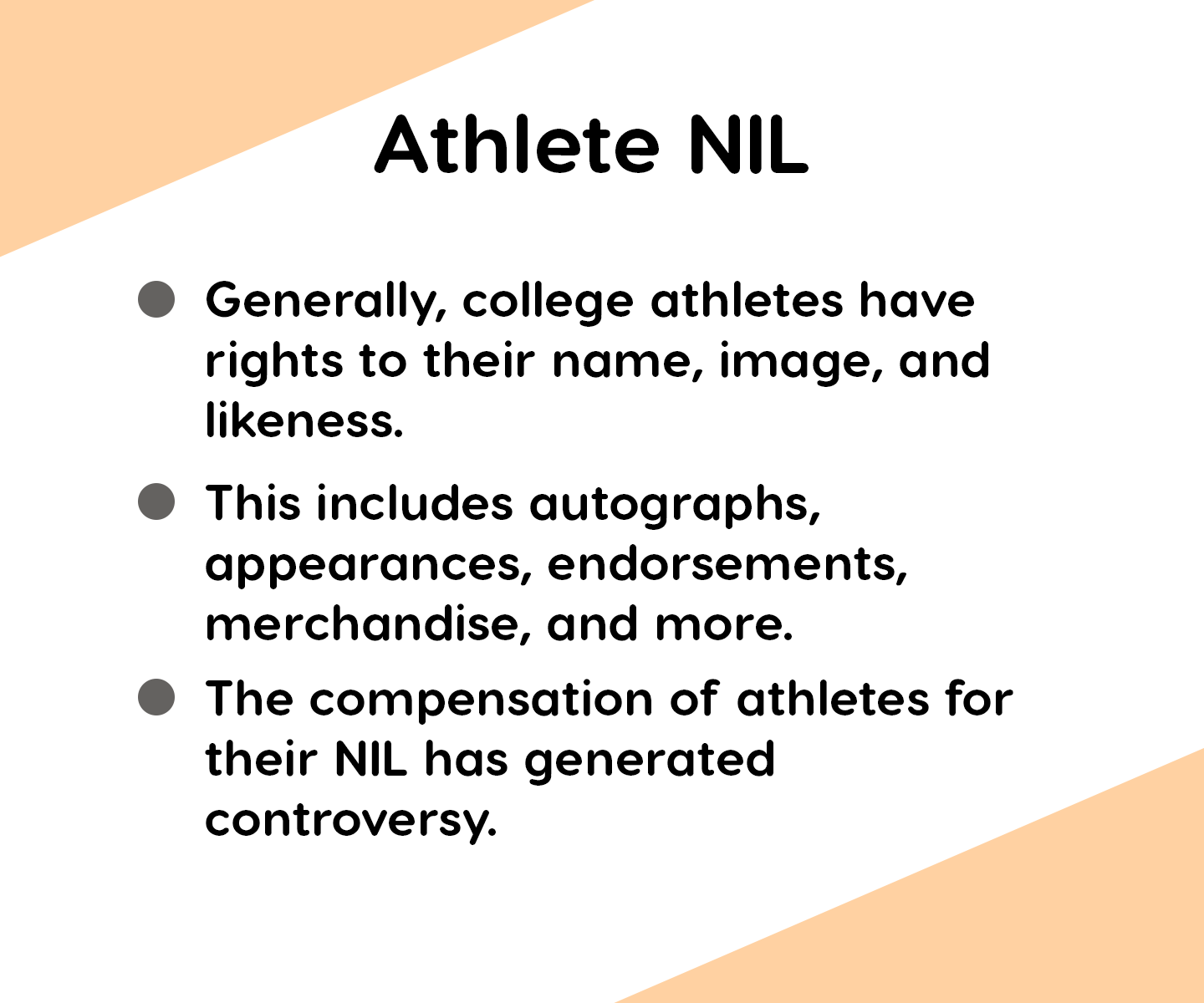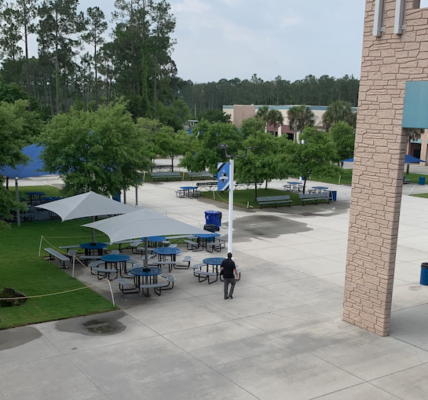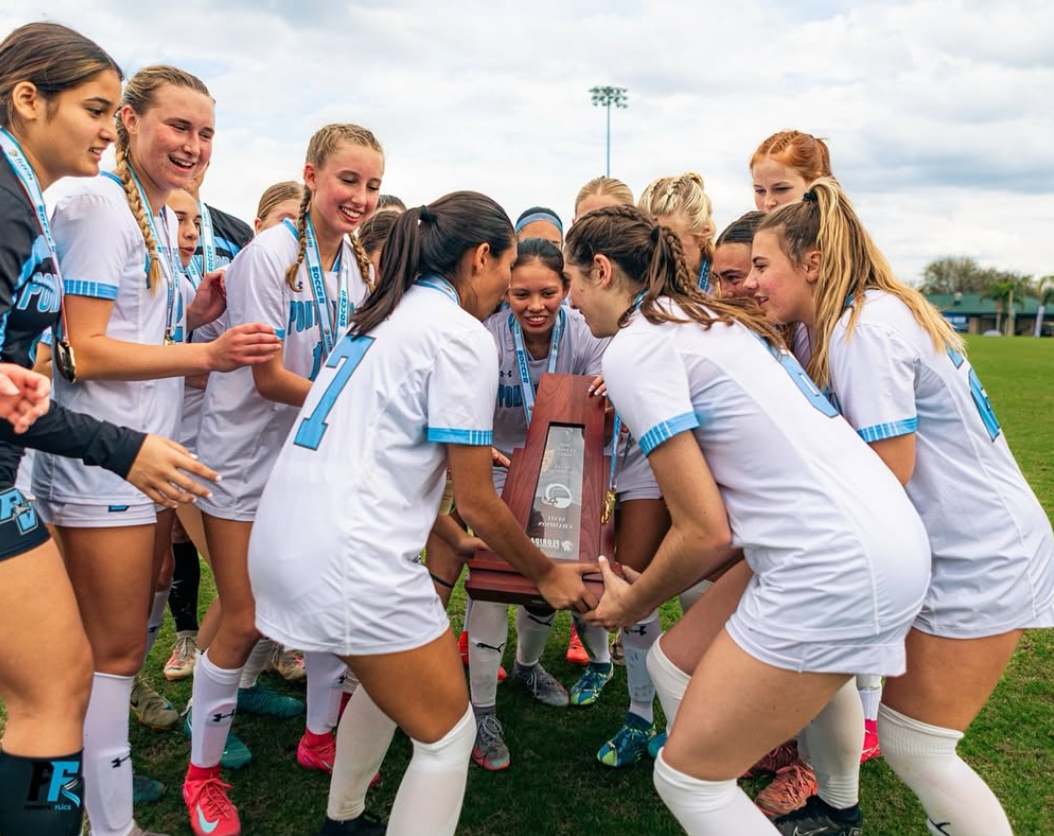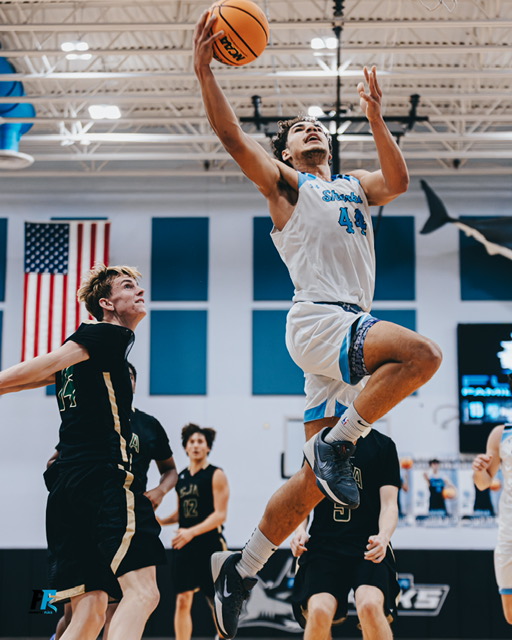By Aspen McAdoo
College football (CFB) is not the same as it used to a few years ago. With the introduction of name, image, and likeness (NIL) deals and the uptick of players entering the transfer portal, the sport has undergone many changes over the past few years. In 2021 4,084 players entered the transfer portal and in 2022 there will likely be a very similar number. This is a big increase just compared to 2019’s 1,600 players.
Combining both the transfer portal and NIL is a recipe for disaster. The sport is becoming very similar to the NFL free agency. These top players no longer care about the college. They go to which ever college is paying them the most money or giving them the most attention. The transfer portal by itself is a great idea, being able to give athletes a fresh new start.
But leaving it open year-round lets the players quit in the middle of the season, hurting the teams that they are leaving. The players no longer have any loyalty to the college they originally chose. It is so easy for the players to just go from one school to the next due to being able to transfer. JT Daniels, a quarterback at Rice, has entered the transfer portal three times and is about to play at his fourth college. The one rule that kills CFB is being able to play the year after a player transfers. If the players had to sit out a year, there would likely be a lot less player transferring.
“I want my players to play at the next level, but it is getting harder and harder with colleges grabbing players out of the transfer portal.”
Coach price
Recruiters are missing out on top high school athletes because they want players who have experienced college from the transfer portal. Lucas Chigounis, sophomore at Ponte Vedra High School, said, “You see a lot less players who are pretty good athletes being recruited and I believe that is because of players transferring.” Many colleges are in the “win now” state of mind not wanting to take the risk on players who haven’t played in college. The colleges much rather players who have been through the vigor of college football rather than players who are just coming out of high school.
Both NIL and the transfer portal affect how recruiting is being done. Coach Steve Price, head coach at PVHS, said, “Colleges are looking for a complete player who works hard and cares about their team. Players must always be conscious of what is going on because one mistake can ruin the rest of their career.” Colleges know they have a backup plan in the transfer portal, so they won’t hesitate to pull a players offer if they have done something wrong. Coach Price, also said, “I want my players to play at the next level, but it is getting harder and harder with colleges grabbing players out of the transfer portal.” These new ideas of college football is causing some players to quit the sport overall.
College football leads all collegiate sports with 60.1 percent of all NIL deals. Many of these deals are landed before the player steps foot on college grounds, meaning they affect top recruits’ decisions a lot. These deals impact the rest of these players career because it affects which college they go to.
NIL has also caused much change to how players are being recruited. Jake Hilley, a sophomore at PVHS, said, “Top high school athletes will be given the money as we have seen here locally, but if there is any doubt about your talent you are less likely to be brought into that college.” This has made colleges question whether they should be targeting these athletes if they have any slight doubt they may not perform well. NIL has also caused these programs to become impatience with these players, making these athletes must perform their best on the daily.
Players should be able to move colleges, but they should have regulations to the number of times or time until eligible for these athletes. NIL and the transfer portal have been great ideas for college athletes, but it also causes major changes to how the sport will be in the future.





